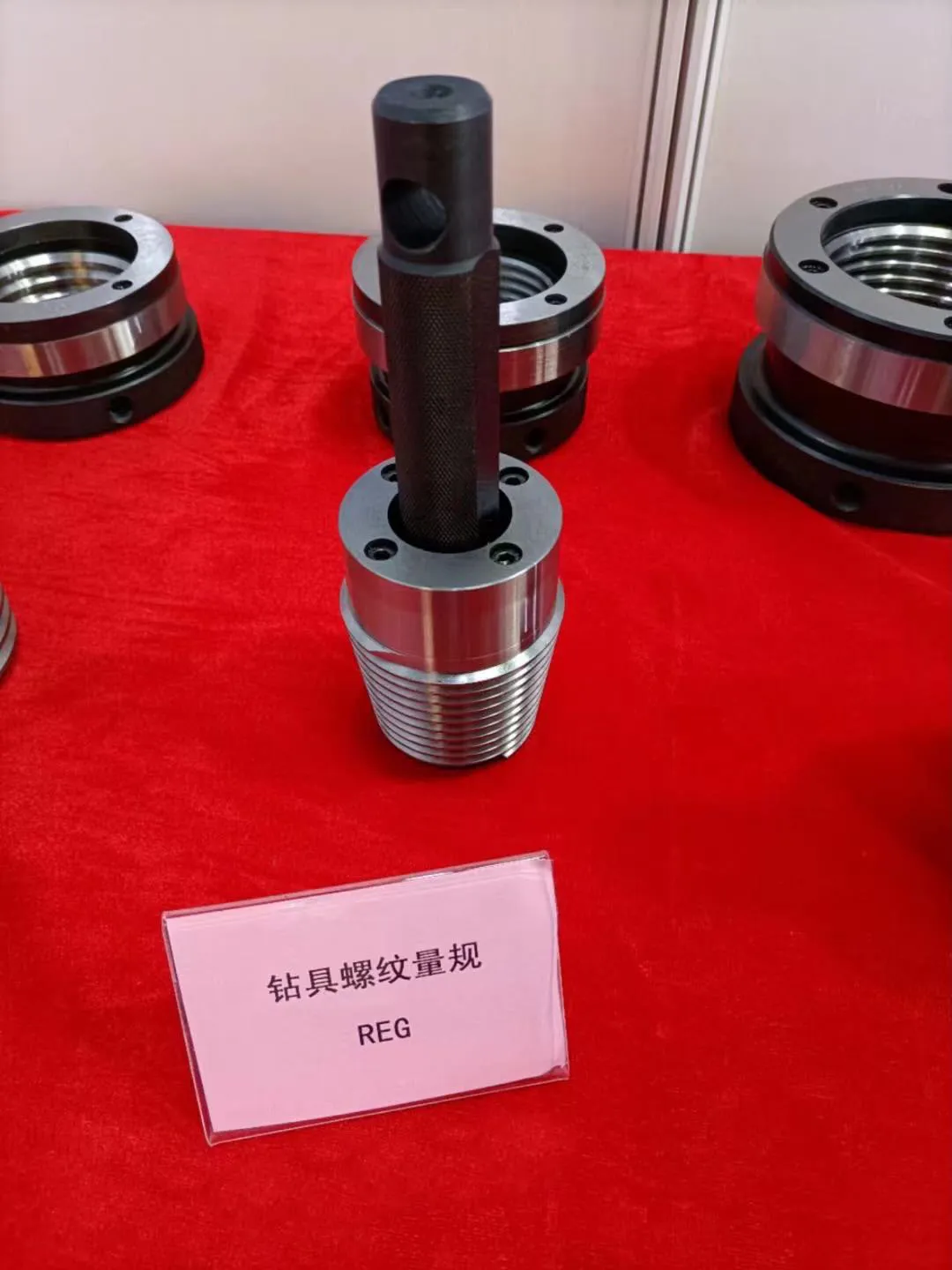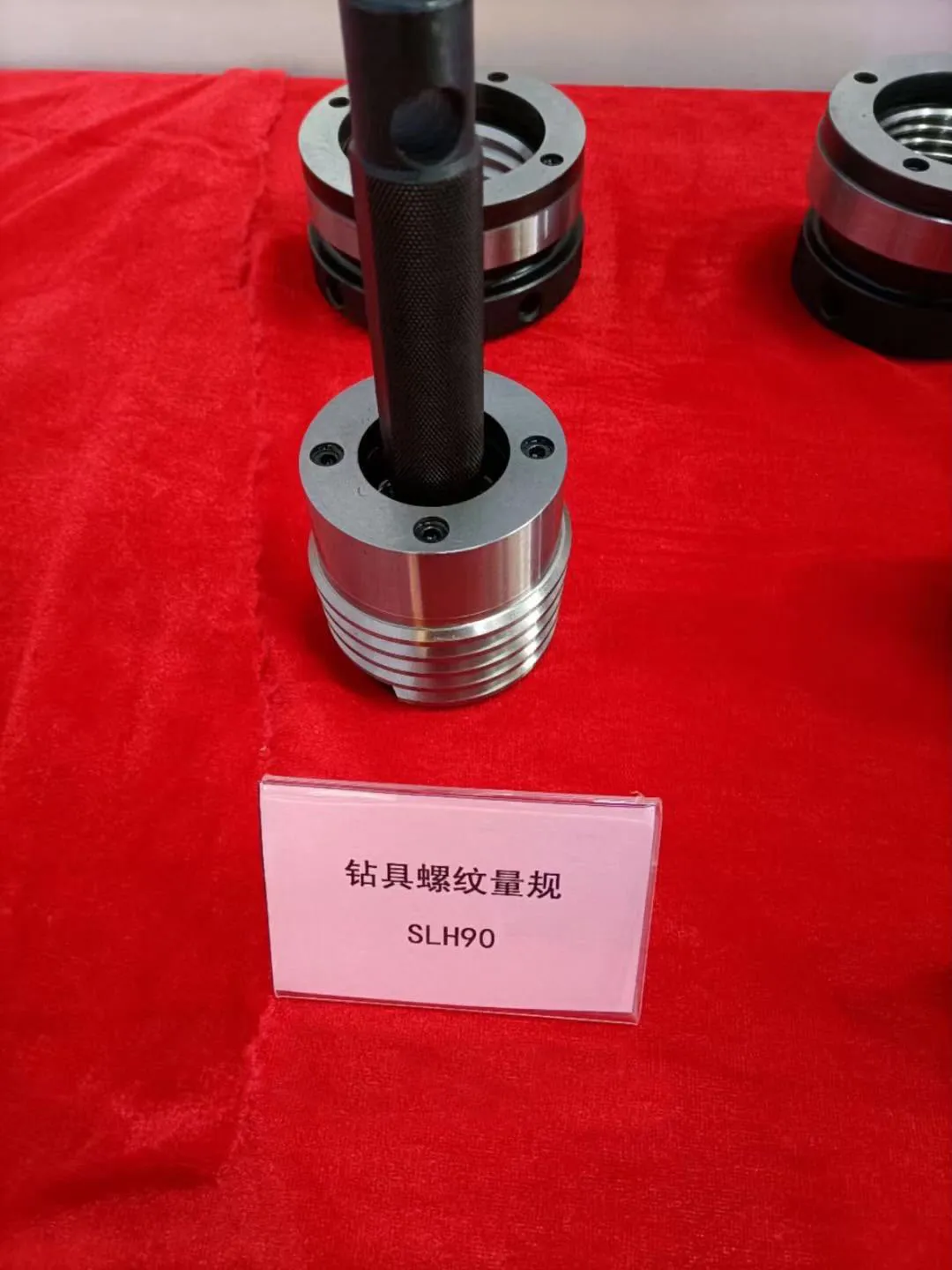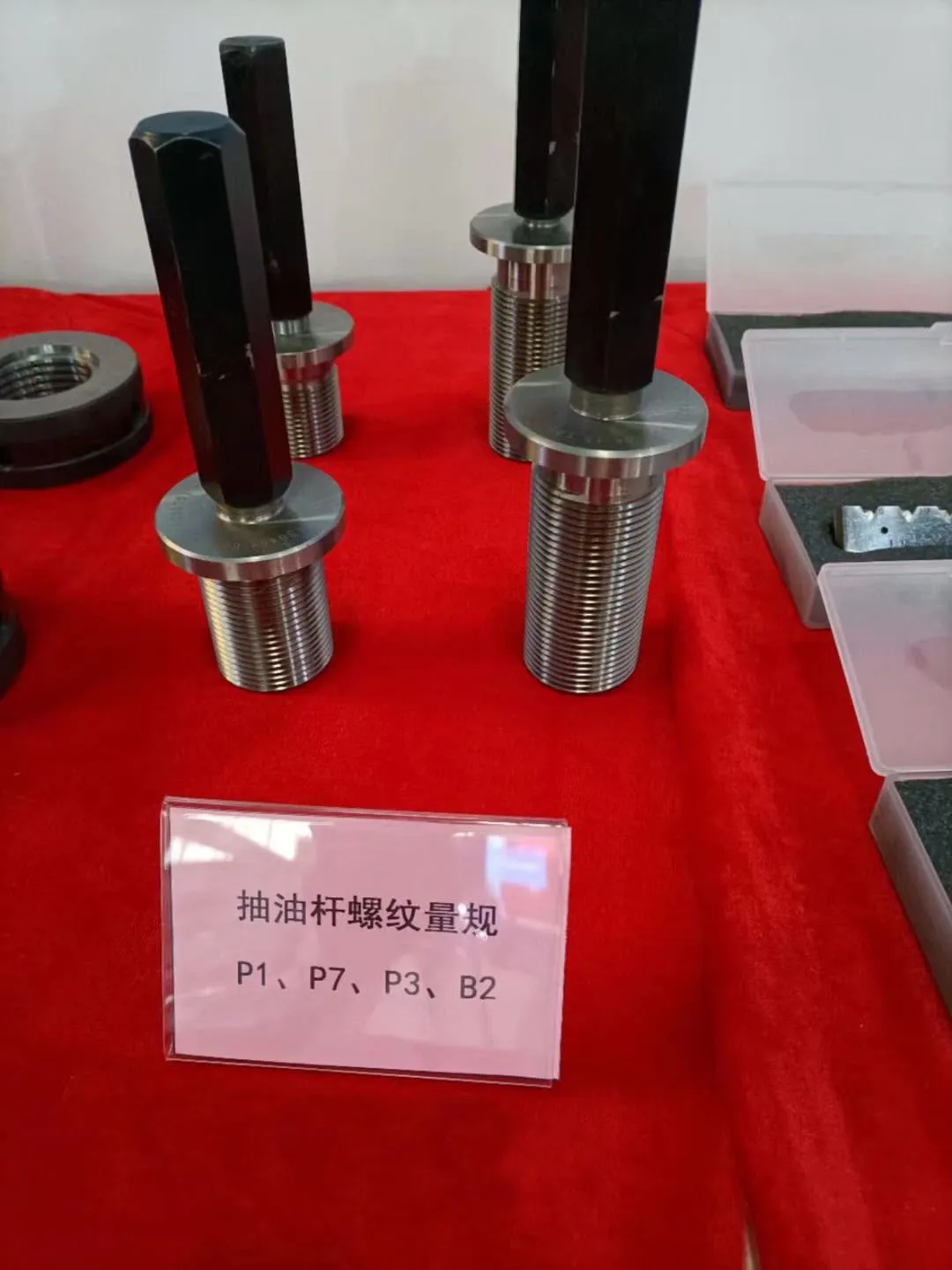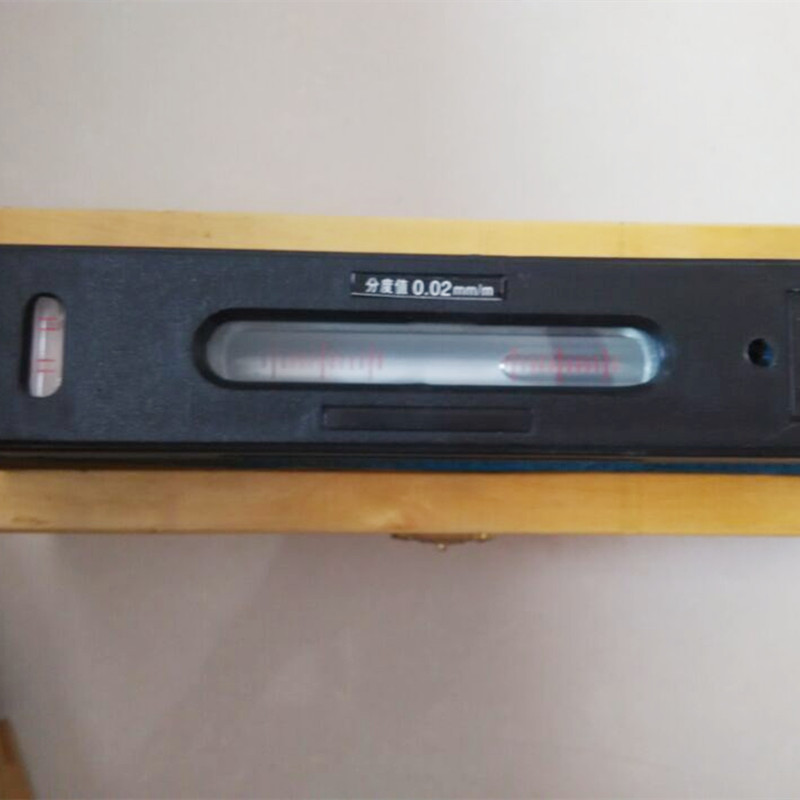Jun . 26, 2025 14:37 Kembali ke daftar
Selecting Thread Gauge Types for Aerospace Component Inspections
The aerospace industry demands unparalleled precision in component manufacturing and inspection. Threaded fasteners, critical to structural integrity, require rigorous verification to ensure compliance with stringent safety and performance standards. Thread gauge types play a pivotal role in this process, enabling engineers to validate thread dimensions, pitch, and form. This article explores the key thread gauge types used in aerospace inspections, focusing on thread plug gauges, screw thread gauges, and standard thread gauges, while addressing common questions about their application.

Understanding Thread Gauge Types for Precision Aerospace Inspections
Thread gauge types are specialized tools designed to measure the geometric accuracy of threaded components. In aerospace, where tolerances are measured in microns, selecting the right gauge type is non-negotiable. The primary categories include thread plug gauges, screw thread gauges, and standard thread gauges, each serving distinct purposes.
Aerospace components often use threads subjected to extreme temperatures, vibrations, and loads. For example, engine mounts, landing gear, and fuselage assemblies rely on threads that must withstand cyclic stress without failure. Thread gauge types ensure these threads conform to specifications outlined by standards such as ASME B1.1, ISO 1502, and NASM 1312. Go/no-go gauges, a subset of thread plug gauges, are particularly vital for rapid pass/fail assessments in high-volume production environments.
Manufacturers prioritize gauges made from hardened steel or carbide for durability, as repeated use in aerospace inspections can wear down softer materials. Additionally, temperature-stable coatings are applied to minimize thermal expansion effects during measurements.

The Critical Role of Thread Plug Gauges in Aerospace Quality Control
Thread plug gauges are cylindrical tools used to inspect internal threads, such as those in nuts or threaded holes. Their design includes a “go” end, which must smoothly enter the thread, and a “no-go” end, which should not advance beyond a specified depth. This binary verification ensures threads meet both dimensional and functional requirements.
In aerospace applications, thread plug gauges are tailored to specific thread standards. For instance, Unified National Fine (UNF) threads, common in aircraft assemblies, require gauges with precise pitch diameters. Customized thread plug gauges may also feature extended handles or ergonomic grips to facilitate inspections in hard-to-reach areas, such as turbine blade assemblies.
High-volume aerospace manufacturers often use automated systems integrated with thread plug gauges to streamline inspections. These systems reduce human error and increase throughput while maintaining compliance with regulatory frameworks like FAA Part 21 and EASA CS-25.

Screw Thread Gauges: Ensuring Compatibility and Performance
Screw thread gauges are designed to evaluate external threads on bolts, studs, and screws. Unlike thread plug gauges, these tools typically resemble rings or calipers that encircle the threaded component. The “go” ring must spin freely along the thread’s length, while the “no-go” ring should resist movement after a predetermined number of turns.
Aerospace screw thread gauges must account for unique material behaviors. Titanium alloys, widely used for their strength-to-weight ratio, exhibit slight elasticity under load. Gauges used for titanium fasteners are calibrated to accommodate this property, ensuring threads remain within tolerance even under operational stress.
Additionally, screw thread gauges for aerospace applications often incorporate anti-seize coatings to prevent galling during inspections. This is critical when dealing with materials like stainless steel or Inconel, which are prone to adhesion under friction.
Standard Thread Gauges: Aligning with Global Aerospace Specifications
Standard thread gauges refer to tools calibrated to internationally recognized thread profiles, such as Metric, Unified, or Whitworth. In aerospace, harmonizing inspections with global standards is essential, as components may be manufactured in one country and assembled in another.
For example, Airbus and Boeing suppliers must adhere to both ISO and ASME standards. Standard thread gauges certified by NIST (National Institute of Standards and Technology) or equivalent bodies ensure cross-compatibility. These gauges are often accompanied by traceable calibration certificates, a requirement for audits and regulatory submissions.
Aerospace manufacturers also leverage standard thread gauges for reverse engineering legacy components. When replacing obsolete fasteners in older aircraft, engineers use these gauges to replicate thread dimensions accurately, ensuring retrofitted parts maintain original performance characteristics.

FAQs About Thread Gauge Types in Aerospace
What are the primary applications of thread plug gauges in aerospace?
Thread plug gauges are used to inspect internal threads in components like engine mounts, hydraulic fittings, and avionics housings. They verify thread acceptance per design specifications, ensuring proper fastener engagement.
How do screw thread gauges differ from thread plug gauges?
Screw thread gauges evaluate external threads on bolts or screws, while thread plug gauges assess internal threads. The former uses ring or caliper-style tools, whereas the latter employs cylindrical go/no-go ends.
Why are standard thread gauges critical for international aerospace projects?
Standard thread gauges ensure compliance with global thread standards (e.g., ISO, ASME), enabling seamless collaboration between international suppliers and manufacturers. They eliminate discrepancies in thread compatibility.
Can thread gauge types be customized for unique aerospace components?
Yes. Manufacturers offer custom thread gauge types tailored to non-standard thread profiles or specialized materials, such as composites or high-temperature alloys.
How often should thread plug gauges be calibrated in aerospace settings?
Calibration intervals depend on usage frequency and material hardness. For high-volume aerospace production, thread plug gauges are typically recalibrated every 500–1,000 cycles or quarterly, whichever comes first.
Selecting the appropriate thread gauge types is a cornerstone of aerospace quality assurance. Thread plug gauges, screw thread gauges, and standard thread gauges each address specific inspection needs, ensuring threads meet exacting standards for safety and performance. By adhering to global specifications and leveraging advanced materials, aerospace manufacturers can maintain the reliability required for critical applications. As the industry evolves, innovations in gauge design and automation will further enhance precision and efficiency in component inspections.
-
Wear Resistance Strategies for Trapezoidal ThreadsBeritaJun.26,2025
-
Selecting Thread Gauge Types for Aerospace Component InspectionsBeritaJun.26,2025
-
Ring Gauge Influence on Cigar Aging Potential and Storage SolutionsBeritaJun.26,2025
-
Pin Gauge Training Programs for Enhanced Dimensional Inspection SkillsBeritaJun.26,2025
-
Custom Spline Ring Gauge Design for Unique Engineering NeedsBeritaJun.26,2025
-
Cost-Effective Alternatives to Custom Threaded Ring GaugesBeritaJun.26,2025
Produk-produk terkait









